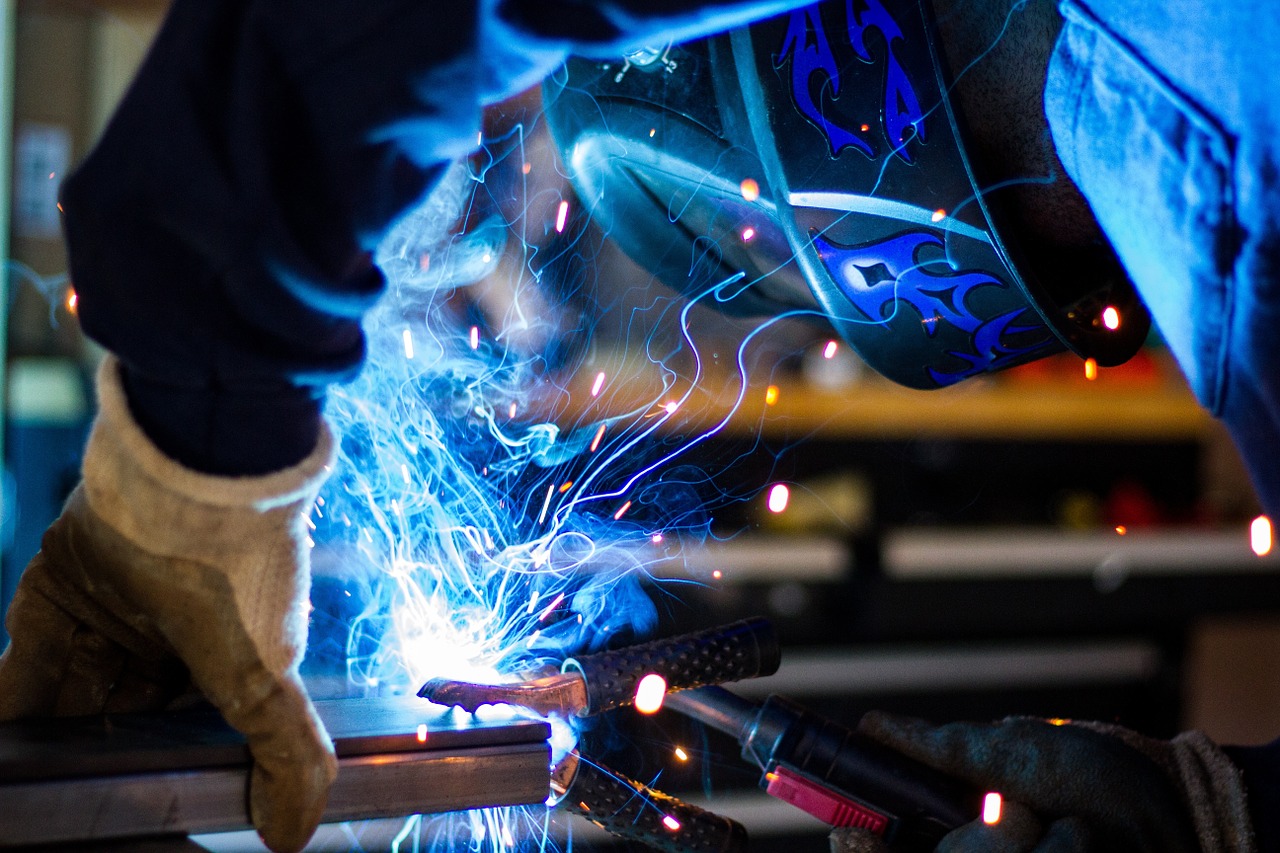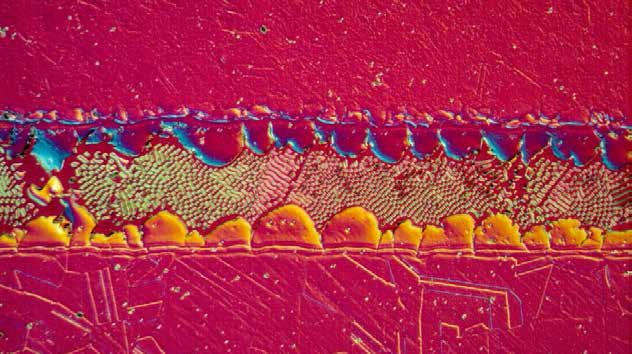
When assessing its current technical state, high-temperature vacuum brazing is in no way inferior to welding. Hence, it is time to understand and appreciate this technology.
The melting of the base material further leads to a considerably greater distortion during welding than during brazing. Since the vacuum brazing process is carried out in a furnace with uniform heating, the distortion is especially low.
For welding processes, a post-heat treatment is often required, which is not necessary for vacuum brazing if the right brazing temperature is selected. This enables to conduct combined brazing and hardening/ solution annealing processes in a time-saving and cost effective manner.
Welding is characterized by joining properties that are often comparable to the base material. The use of a brazing alloy results in joints, which might deviate from the properties of the base material with regard to their strength properties, the hardness, and consequently their machinability. This requires a profound expertise concerning the brazing alloy properties, interactions with the base materials, and the resulting bonding properties.
When used properly, vacuum brazing i s a recommendable alternative or supplement to welding, which further offers various advantages, including the homogeneity and strength of joints.

Welding and brazing techniques are important processes within the scope of manufacturing processes when producing components and component groups. Even today, although being on an equivalent technical level as the welding technology, the high-temperature brazing technology using a vacuum is still underestimated concerning its possibilities.
Advantages of high-temperature vacuum brazing compared to welding:
- Combination of various materials
- Reduction of stresses and distortions in the work pieces by means of uniform heating and cooling
- Brazing, hardening, and tempering can be conducted in a single process
- No use of fluxes
- Simultaneous and reproducible joining of various components
- Oxidation-free joints with smooth surfaces
- Possibility to establish large-area joints
- Utilization of capillary forces to even connect joints that are difficult to access
The disadvantages of high-temperature vacuum brazing compared to welding are small:
- In most cases, the brazing gap should be less than 0.1mm, which leads to higher demands concerning the component preparation
- Materials with a higher vapor pressure, such as brass, cannot be processed in a vacuum furnace



 Listemann AG
Listemann AG Listemann Polska Sp.z o.o.
Listemann Polska Sp.z o.o.